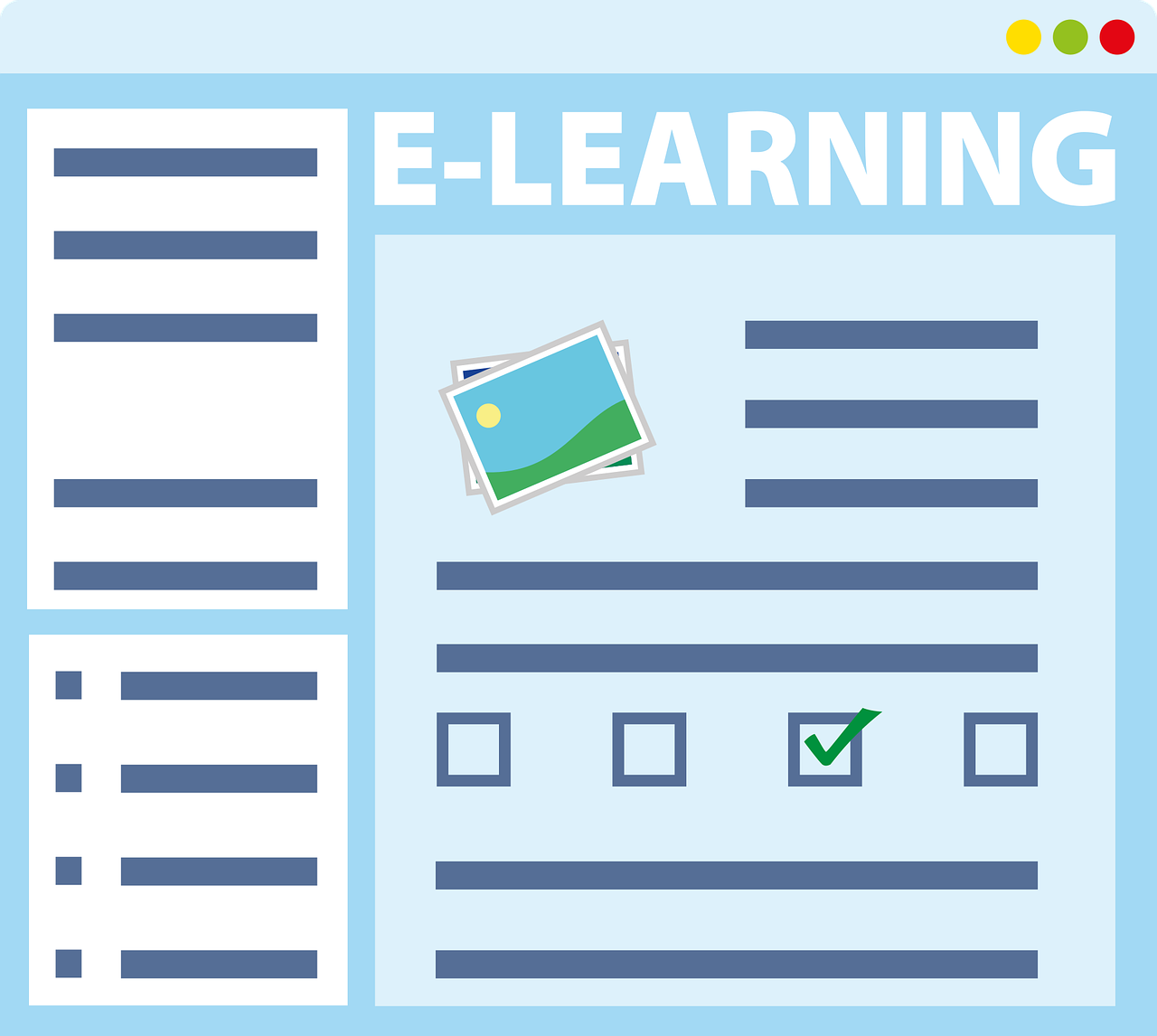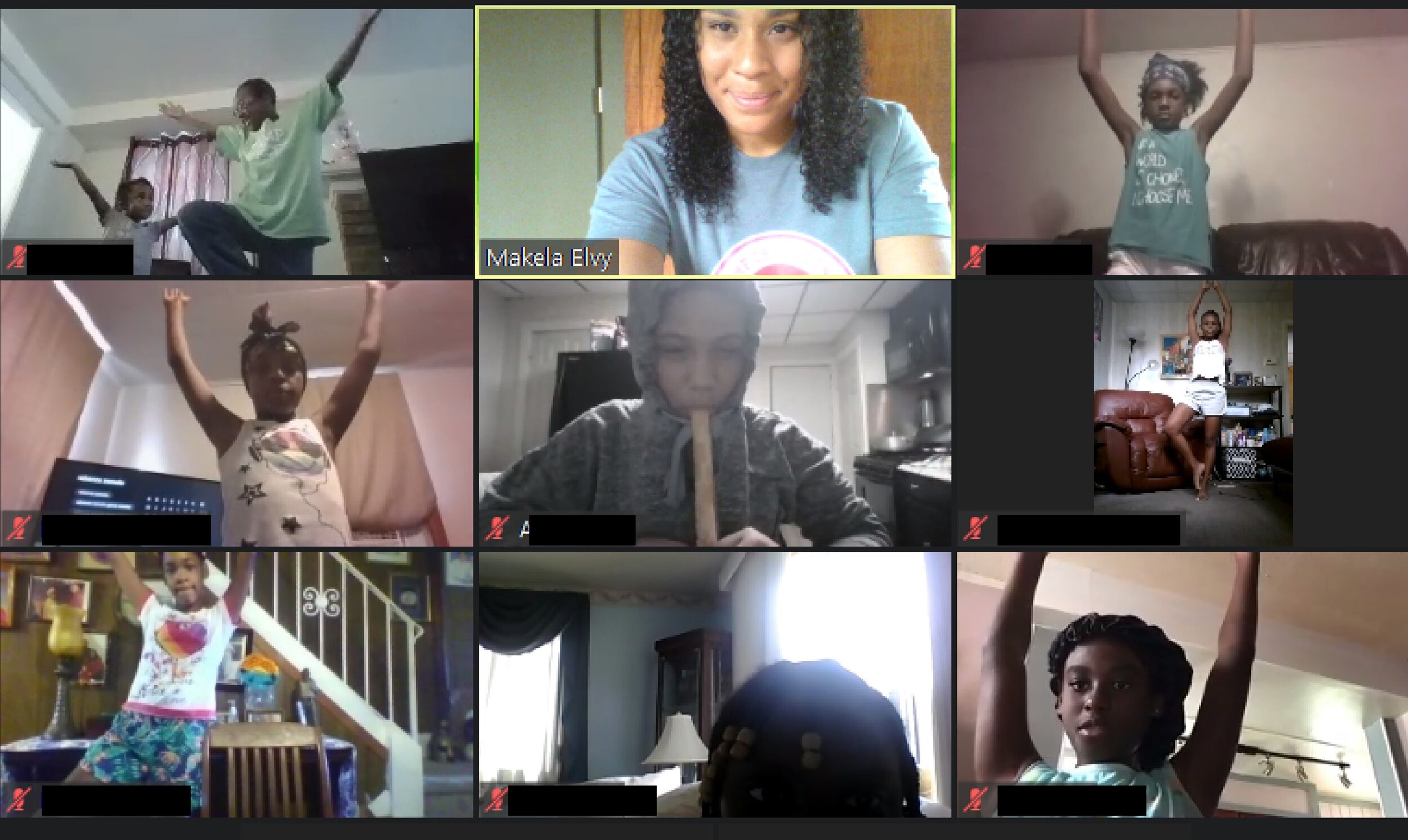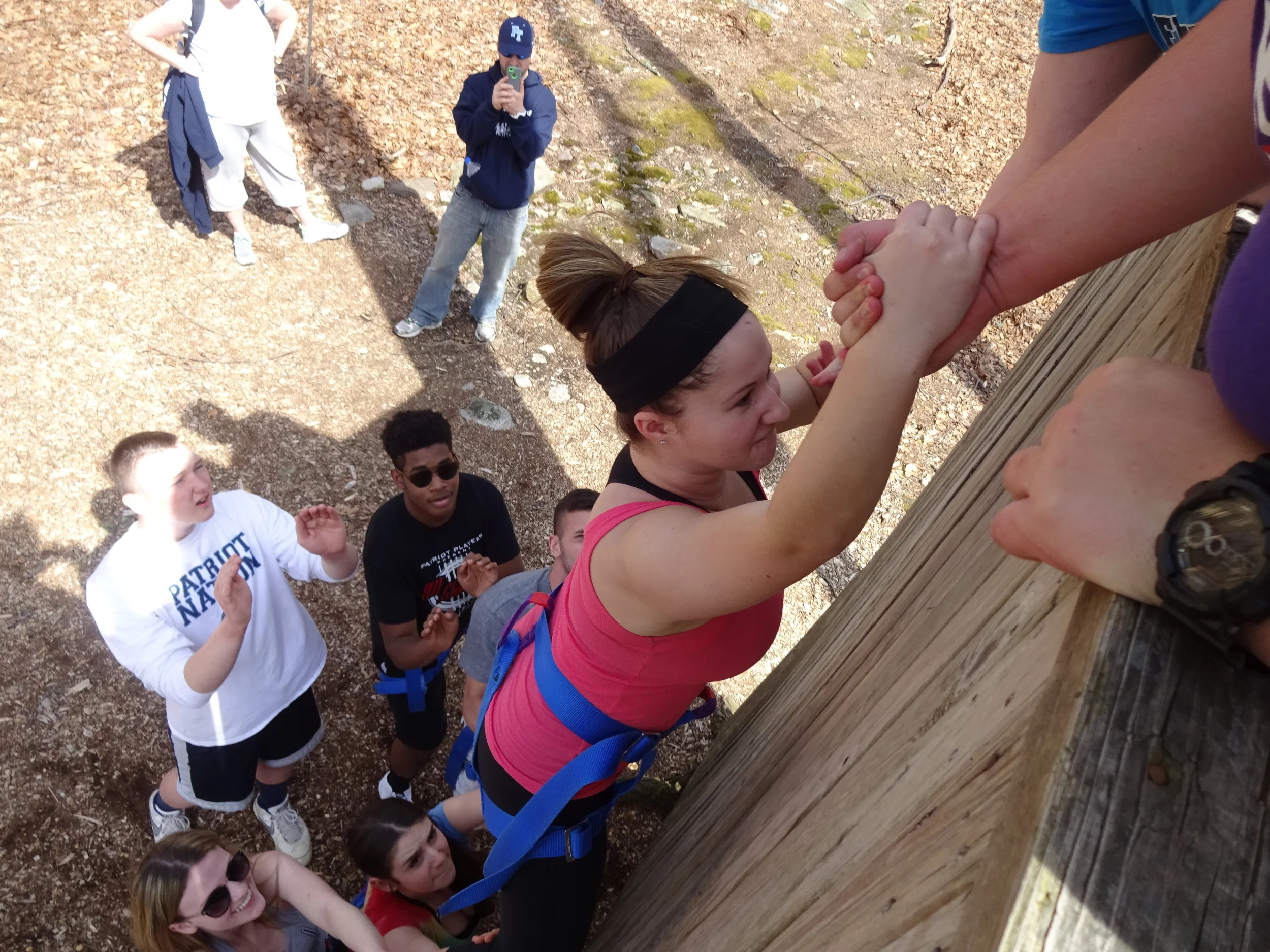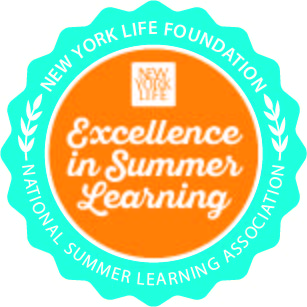Building Community in an Online Classroom
/(Editor’s Note: This post was written by PBC Board Chair, Sarah Tantillo, EdD, who serves as Managing Director of Humanities at the Great Oaks Legacy Charter School in Newark, NJ. She is also the author of Hit the Drum and literacycookbook.com)
Among the many challenges of teaching online is the need to build community in our virtual classrooms. In the spring when we went remote, we already knew our students and had built strong relationships with them in person. This fall, we don’t have that advantage.
The teachers I work with at Great Oaks Legacy Charter Schools Network have spent the past month trying out various ways to build community in their middle school Zoom classrooms, and in a recent meeting, they shared what has worked.
Before class starts and in the first few minutes of class:
· Greet students warmly by name.
· Engage in mini chit-chat.
· Invite students to type in the Chat responses to personal questions such as “What are you doing this weekend? What did you like about ___? What’s something positive happening in your life?” or other “getting-to-know-you” questions.
· Run a quick Show and Tell.
· Do a daily “temperature check” via a Zoom or Nearpod poll (e.g., “How are you feeling? A) Excited, B) Sleepy, C) OK, D) Ehhh, E) Don’t ask.”) and use that data immediately. For example, if students mostly respond “Sleepy,” get them up to do an energizer—maybe a Dance Minute or a quick “Shake It Out” activity.
During class:
· Show students’ faces as much as possible. When you share your screen, students can only see 4-5 faces at a time.
· Encourage supportive hand signals like “brain-matching.”
· Give students voice in the classroom through Chat or by unmuting themselves. Remind students that this is “our” classroom, not a podcast.
· Put students in breakout rooms for discussions; make sure your directions are clear so that students can jump right in.
· Make learning “a collaborative thing” as much as possible.
· Constantly praise students by name for positive behaviors/academic success and encourage them to do the same with one another. Model praise in the Chat.
· Encourage students to “@Chat”: to respond to one another’s academic remarks (“@Javon, I agree with you!” or “@Amaya, nice explanation!”)
· Invite students to co-host and share their screens.
· Establish various roles for students. Here’s what one teacher introduced in the first week:
o Time Keeper - Give me a 10-minute warning when class is going to end. I want to respect your time and your breaks!
o Class DJ - You have to be able to get to class early and play the pump-up tunes before class begins.
o Mini Me - You will be in charge of leading the class discussion from whatever the topic of the Do Now is; you get to be the teacher.
o I Got This - During class discussions if we reach a point where the conversation gets stale, you will keep the conversation going.
o Joy Factor - You will encourage us in the chat and motivate your classmates to speak up and shout them out.
Other things to keep in mind as you move through your lesson:
Students participating in the Center’s Virtual Summer Bridge program complete a mindfulness exercise.
· Be transparent and show respect for their feelings and ideas that they share.
· Be honest and straightforward: We are human and we aren’t perfect.
· Telling a random joke or making a connection to real life can break the monotony of a lesson and also help students to engage.
· Play games that tie into the lesson.
At the end of class, stay on for students who have questions or just want to be social for a few minutes.
Since the quarantine began, PBC has been offering resources for educators and families to help them build community and develop students’ social-emotional learning skills. Archives of the resources are hosted on PBC’s COVID-19 and SEL Resources page.
I hope these ideas will help others. We are all in this together!
























